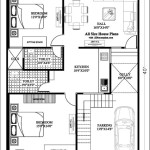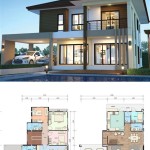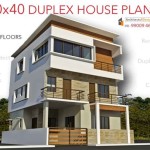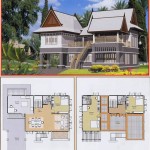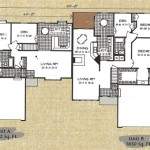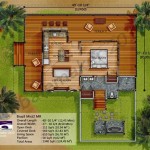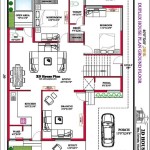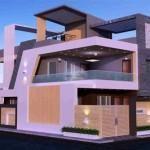Understanding 18x40 West Facing House Plan: Essential Aspects to Consider
When designing a house, the orientation of the property plays a significant role in determining the layout, energy efficiency, and natural light distribution. A west-facing house plan, particularly for 18x40 dimensions, presents unique opportunities and challenges that homeowners should carefully consider.
Natural Light and Sun Exposure
A west-facing house receives the most sunlight in the afternoon and evening. This can be beneficial for rooms that require ample natural light, such as living areas, bedrooms, and kitchens. However, it is important to consider the intensity of the sun's rays during the hottest part of the day. Proper shading measures, such as blinds, curtains, or awnings, are essential to prevent excessive heat gain and discomfort.
Energy Efficiency
The west-facing orientation can impact the house's energy efficiency. During the summer, the sun's rays can penetrate deep into the house, increasing the cooling load and energy consumption. Strategic placement of windows and doors, as well as effective insulation, can help minimize heat gain and reduce cooling costs.
Privacy and Security
Privacy and security considerations should be taken into account when designing a west-facing house. The afternoon and evening sunlight can create a more visible interior, particularly if windows are not properly shaded. Homeowners should consider privacy measures such as fences, hedges, or window treatments to ensure privacy while allowing natural light to enter.
Site Orientation and Landscaping
The site orientation and landscaping around the house can influence the overall effectiveness of a west-facing design. Placing trees and shrubs on the west side of the house can provide shade and block the sun's rays during the afternoon. Additionally, outdoor living spaces, such as patios or decks, should be carefully planned to maximize sunlight exposure and minimize heat gain.
Room Layout and Functional Considerations
The room layout should be designed to make optimal use of the natural light and minimize heat gain. Common areas, such as the living room and kitchen, should be placed on the west side to take advantage of the afternoon and evening sunlight. Bedrooms and other private spaces can be located on the east side to receive morning light and avoid excessive heat.
Additional Design Elements
In addition to the essential aspects mentioned above, other design elements can enhance the functionality and aesthetic appeal of a west-facing house plan. Consider incorporating:
- Large windows and skylights to maximize natural light
- Outdoor living spaces with retractable awnings or shade structures
- Energy-efficient building materials and appliances
- Smart home technology to automate blinds and climate control systems
By carefully considering these essential aspects, homeowners can create a 18x40 west-facing house plan that meets their lifestyle needs, optimizes energy efficiency, and maximizes natural light while maintaining privacy and security.

27 X 40 Feet House Plan Design No 215

18 X 50 House Plan Ii Ghar Ka Naksha 900 Sqft Design

House Plan For 20x47 Feet Plot Size 104 Square Yards Gaj Plans Building Designs

18 X 36 Sqft House Design Ii Ghar Ka Naksha Plan

Sustaility Free Full Text Environmental Footprint And Economics Of A Scale 3d Printed House

Ham House Wikipedia

3000 3500 Sq Ft House Plans Modern Ranch 1 Or 2 Story

House Plans With Lofts Loft Floor Plan Collection

Pitched Battle Wikipedia

Real Estate Homes For Near Me Com

